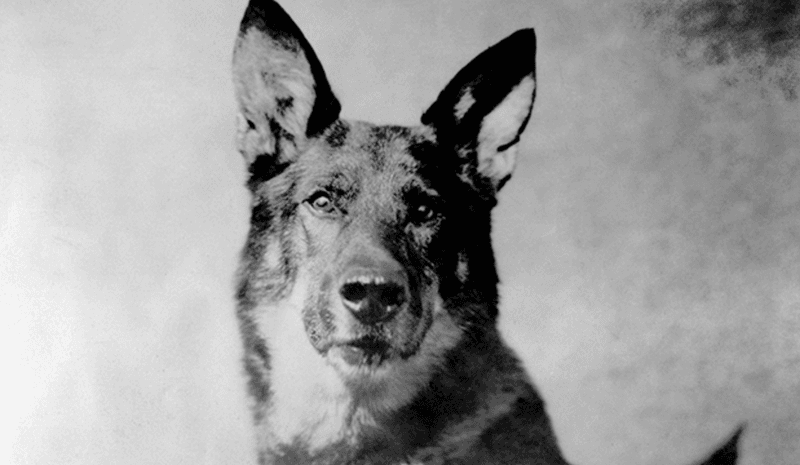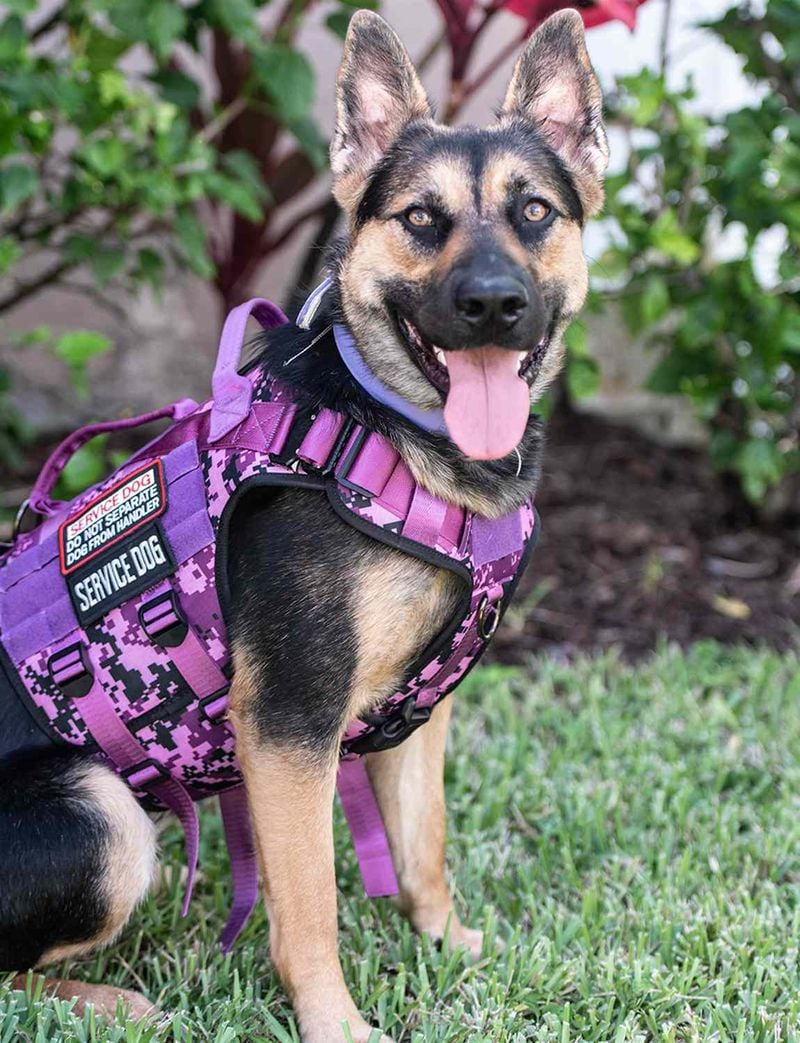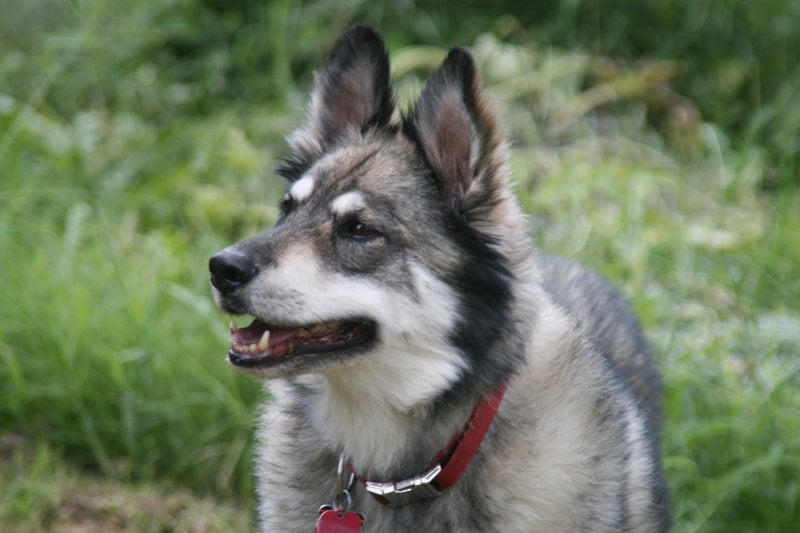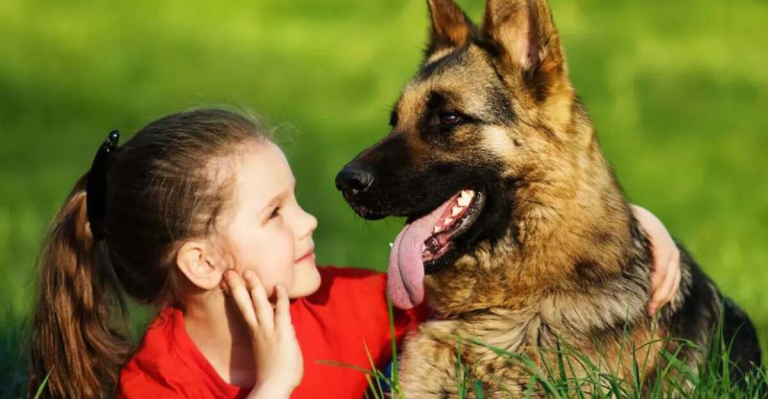17 Fascinating Facts You Never Knew About German Shepherds
They’re loyal to a fault, fiercely intelligent, and just a little dramatic when you leave them alone for too long.
German Shepherds aren’t just dogs—they’re family members with a strong sense of duty, an impressive work ethic, and eyes that seem to understand more than they let on.
Whether they’re herding sheep, assisting officers, or curling up on the couch beside you, they do it all with heart. But how well do you really know your German Shepherd?
Sure, you know they shed like they’re trying to clone themselves and that they’re smart enough to unlock baby gates with their paws.
But behind those pointy ears and soulful eyes are a treasure trove of fascinating facts that most dog lovers have never heard.
From their surprising Hollywood roots to their lesser-known superpowers (yes, superpowers!), there’s so much more to these magnificent canines than meets the eye.
This isn’t just another fluff piece on “Why German Shepherds Are Awesome.” You already know they’re awesome—that’s why you’re here.
This article is about digging deeper into the little-known stories, quirks, and traits that make this breed one of the most beloved in the world.
So, whether you’ve got a Shepherd snoring by your feet right now or you’re just dreaming about bringing one home, you’re in for a treat. Because these 17 facts will make you see your four-legged friend in a whole new light.
And if you thought you couldn’t love them any more than you already do—well, get ready to be proven wrong.
1. They Weren’t Always Called German Shepherds
Believe it or not, these iconic dogs went through a bit of a PR makeover during wartime.
To distance them from their German origins, Britain renamed them “Alsatian Wolf Dogs” during World War I.
The name stuck for decades, especially in the UK, where many still use “Alsatian” to this day.
It wasn’t until 1977 that the Kennel Club officially allowed the original name again—“German Shepherd Dog.”
The “wolf dog” part didn’t help their image either, sparking myths about aggression.
But the rebranding wasn’t based on behavior—it was pure politics.
Turns out even dogs can’t escape the fallout of war.
Next time someone calls your GSD an Alsatian, just know they’re not entirely wrong—just a few decades behind.
2. Their Ears Don’t Stand Up Right Away
If you’ve raised a German Shepherd puppy, you know the floppy-ear phase is real.
It’s not a defect—it’s just biology doing its thing.
Puppies are born with soft cartilage, and those signature pointy ears take time to strengthen.
Anywhere from 8 weeks to 8 months, you might see one ear up and one down, both flopped, or “airplane ears.”
This awkward stage is totally normal and even endearing.
Chewing and teething can also affect how quickly the ears stand, so don’t be surprised by changes week to week.
Some owners worry and tape their pup’s ears—sometimes helpful, sometimes unnecessary.
In most cases, time and proper nutrition are all that’s needed.
Enjoy the goofy look while it lasts—it’s a short-lived stage, but one full of personality.
3. They Can Learn Over 1,000 Words
Intelligence isn’t just a trait—it’s a superpower for this breed.
German Shepherds consistently rank in the top three smartest dog breeds, right alongside Border Collies and Poodles.
Researchers have shown that with training, they can understand well over 1,000 human words.
That includes nouns, verbs, and even contextual commands based on tone or gesture.
But it’s not just vocabulary—they can also read facial expressions and emotional cues.
Some GSDs have even been observed making decisions based on logic and problem-solving.
That’s why they excel in advanced tasks like search and rescue, police work, and service dog roles.
They don’t just respond—they think.
And if you’ve ever caught yours opening a door or “accidentally” turning off your alarm clock, you’ve already seen it in action.
4. They’re Sniffer Superstars
A German Shepherd’s nose is no ordinary snout—it’s an elite tool.
Packed with up to 300 million scent receptors, they can detect smells 10,000 times better than humans.
That’s why they’re used to sniff out everything from narcotics and explosives to missing persons and endangered animals.
But here’s the kicker—they’ve also been trained to detect diseases.
Studies show they can pick up on subtle scent changes linked to cancer, diabetes, and even COVID-19.
Some hospitals and airports have already implemented trained GSDs as early detection agents.
Their scent-tracking ability is instinctive, but it shines when honed through training.
They can track individual scents over miles and even days.
This isn’t just a party trick—it’s lifesaving science, with a wagging tail.
5. They Starred in Early Hollywood
Silent films had their fair share of four-legged celebrities, and German Shepherds were among the biggest stars.
One of the most famous, Rin Tin Tin, was rescued from a World War I battlefield and went on to star in 27 films.
Audiences adored him, and studios credited his popularity with saving Warner Bros. from bankruptcy.
He even received the most votes for Best Actor at the first Academy Awards—though humans ultimately took the credit.
Strongheart, another Shepherd, also had a devoted fanbase and helped shape the breed’s heroic image.
These dogs didn’t just play roles—they defined them.
Their intelligence, trainability, and dramatic looks made them natural scene-stealers.
Long before they were police officers or service dogs, they were movie idols.
Who knew your couch-cuddling companion shares a legacy with Tinseltown legends?
6. One Was a War Hero
Not all heroes wear capes—some wear collars.
During World War II, a German Shepherd named Chips served with U.S. forces and became a legend.
While under heavy fire in Italy, he broke free from his handler, charged an enemy machine gun nest, and forced four soldiers to surrender.
Despite being wounded, he returned to his unit immediately after.
For his bravery, Chips was awarded the Purple Heart and Silver Star—though the military later rescinded the honors due to a rule against decorating animals.
Still, his legacy lived on through news stories and children’s books.
He was more than a soldier—he was a symbol of courage, loyalty, and grit.
And he proved that even in the chaos of war, the bond between a dog and its human runs deep.
7. They Can Sense Seizures
It’s not magic—it’s instinct, sharpened by training.
German Shepherds are among the top breeds used as seizure alert dogs, and for good reason.
They can pick up on subtle changes in a person’s scent, body language, or energy levels hours—or even minutes—before a seizure occurs.
This allows them to warn their owner, help them lie down safely, or even press emergency buttons.
Some dogs naturally pick up this skill without formal training, though specialized programs help refine it.
Their loyalty also plays a role—they stay close and protective during and after the episode.
For people with epilepsy, this ability can be life-changing.
It turns a scary, unpredictable event into something manageable.
And once again, the German Shepherd proves it’s more than just a pet—it’s a guardian angel on four legs.
8. They Need a Job or They’ll Make One
If you’ve ever come home to a shredded pillow or “rearranged” furniture, you’ve seen this trait in action.
German Shepherds were bred to work, and they crave a purpose.
Without physical and mental stimulation, they’ll invent tasks for themselves—often ones you won’t appreciate.
They might start herding your kids, guarding the fridge, or barking at imaginary intruders just to feel useful.
This breed thrives when they have structure, whether it’s through agility training, obedience work, or scent games.
They want to solve problems, follow commands, and earn your praise.
Daily walks aren’t enough—they need challenges and interaction.
Otherwise, that brilliant brain gets bored—and boredom leads to destruction.
Give them a job, and they’ll reward you with unmatched focus, loyalty, and joy.
9. They Have a Double Coat That “Blows Out”
Seasonal shedding isn’t just a nuisance—it’s a full-blown event with German Shepherds.
Twice a year, their double-layered coat undergoes what’s affectionately (or not-so-affectionately) called a “coat blow.”
This isn’t your average fur tumbleweed situation.
It’s a snowstorm of undercoat that will coat your clothes, furniture, and dreams of a fur-free home.
The thick outer coat protects against water and debris, while the dense undercoat insulates them in winter and keeps them cool in summer.
When seasons shift, that undercoat sheds in chunks.
Regular brushing—sometimes daily—is a must during this time.
Otherwise, you’ll be sweeping enough fur to knit a second dog.
It’s messy, but totally normal.
And hey, it’s a small price to pay for 365 days of devotion.
10. They’re Surprisingly Sensitive
Underneath that stoic exterior is a softie with a deep emotional radar.
German Shepherds are incredibly attuned to their humans’ moods and energy.
They can sense stress, sadness, joy, or anxiety—and will often react accordingly.
Some will nuzzle closer, others might pace or whine if they feel something is off.
This sensitivity means they bond deeply and don’t do well with long separations.
Left alone too often, they may develop anxiety or destructive behaviors.
They thrive on connection, not just commands.
You can’t just treat them like a tool—they need love, reassurance, and quality time.
If your Shepherd stares into your eyes a little longer than expected, just know they’re not being nosy.
They’re checking in on their favorite human.
11. They’re the Second Most Popular Breed in the U.S.
Labrador Retrievers might hold the top spot, but German Shepherds have comfortably secured silver for years.
Their popularity isn’t just about looks—it’s about loyalty, brains, and versatility.
Families love them for their protectiveness and affection.
Police departments rely on them for their discipline and courage.
They excel in obedience trials, agility courses, and working roles ranging from guide dogs to military K9s.
Few breeds wear as many hats so effortlessly.
Their adaptability to home life or high-intensity jobs makes them ideal for diverse households.
They’re as happy guarding your yard as they are learning advanced tricks.
This breed isn’t just a trend—it’s a timeless favorite, beloved by generations.
And once you’ve had one, it’s hard to settle for any other.
12. They Excel in Nose Work Competitions
While they’re often seen in uniforms, German Shepherds also dominate in civilian canine sports.
Nose work competitions are a great outlet for their natural tracking skills—and they love every minute of it.
These events mimic real-world scent detection tasks.
Dogs must locate specific scents (like clove or birch) hidden in boxes, rooms, vehicles, or outdoor environments.
It’s not about speed—it’s about precision and patience.
German Shepherds, with their keen noses and focused drive, consistently rank among the top performers.
For owners, it’s also a bonding experience and mental workout for the dog.
Plus, it’s one of the few sports where reactive or retired working dogs can still shine.
So if your Shepherd seems bored with fetch, try scent work.
It turns sniffing into a championship-level game.
13. They Come in More Colors Than You Think
Classic black and tan might be the signature look, but German Shepherds come in a surprising range of colors.
Sable, black, white, liver, blue, and even the rare “panda” pattern are all part of the breed’s palette.
Some of these colors are controversial within official breed standards, but they don’t affect the dog’s personality or health.
In fact, many “non-traditional” Shepherds are just as trainable and loyal as their more common cousins.
The sable pattern, in particular, is popular among working lines due to its camouflage-like blend.
And all-black Shepherds? Total showstoppers with a sleek, panther-like presence.
Color doesn’t dictate behavior—it’s just the outer shell.
No matter the coat, the heart inside is still pure Shepherd.
So don’t be surprised if your next favorite GSD comes in a totally unexpected hue.
14. Their Gait Is a Signature Feature
There’s a reason German Shepherds seem to glide when they move—it’s all in the gait.
Bred for herding and long days on the move, they have a distinctive, ground-covering trot.
The sloped back you see in many show lines isn’t just cosmetic (though it’s debated)—it supports smooth, energy-efficient movement.
This enables them to change direction quickly and maintain speed without tiring easily.
In working lines, the structure may be a bit straighter, but the agility remains.
Whether they’re zigzagging through an agility course or patrolling a perimeter, the motion is fluid and calculated.
You can recognize a Shepherd by that trot alone—it’s powerful yet elegant.
Like watching an athlete in their element.
Even a simple walk around the block can look like a runway moment for this breed.
15. They Can Recognize Facial Expressions
That head tilt when you’re sad? It’s not random.
German Shepherds have been shown to recognize and interpret human facial expressions.
In studies, dogs were able to distinguish between happy, angry, and neutral faces—and reacted accordingly.
Shepherds, with their strong emotional intelligence, excel in this kind of non-verbal communication.
They may comfort you when you’re upset or act cautiously if they sense anger.
Some even mimic expressions, tilting their heads or raising their brows in response to yours.
This ability strengthens the bond between dog and human, making interactions feel almost intuitive.
It’s not just about tone of voice—they’re watching your face, too.
No wonder they seem to “get” you on a deeper level.
They’ve been reading you like a book all along.
16. They Were Developed by One Man’s Vision
A single visionary, Captain Max von Stephanitz, is responsible for creating the breed we know today.
In the late 1800s, he saw a need for an intelligent, versatile herding dog in Germany.
He found what he considered the perfect specimen—named Hektor—and began breeding dogs with intelligence, loyalty, and physical excellence.
That first dog became Horand von Grafrath, the genetic foundation for the German Shepherd.
Von Stephanitz wasn’t just breeding a dog—he was building a legacy.
He also helped shape training practices and breed standards still used today.
His goal was clear: utility over beauty.
Form followed function in every decision.
The result? A breed that can herd sheep, sniff out bombs, assist the disabled, and snuggle on the couch—all in one lifetime.
17. They’ve Been Cloned
You read that right—one of the world’s first commercially cloned dogs was a German Shepherd.
His name was Trakr, and his story is just as wild as the science behind it.
Trakr helped locate the last survivor beneath the rubble of the 9/11 World Trade Center attacks.
Years later, he was cloned by a biotech company, producing five genetically identical puppies.
The clones were given to Trakr’s handler to continue his legacy.
While cloning remains controversial, it highlights the incredible value placed on certain service dogs.
Trakr’s abilities were so admired, scientists believed they were worth replicating.
It’s not every day a hero gets to live twice—or five times.
German Shepherds don’t just leave paw prints on our hearts.
Sometimes, they leave behind legacies worth preserving with science itself.





















